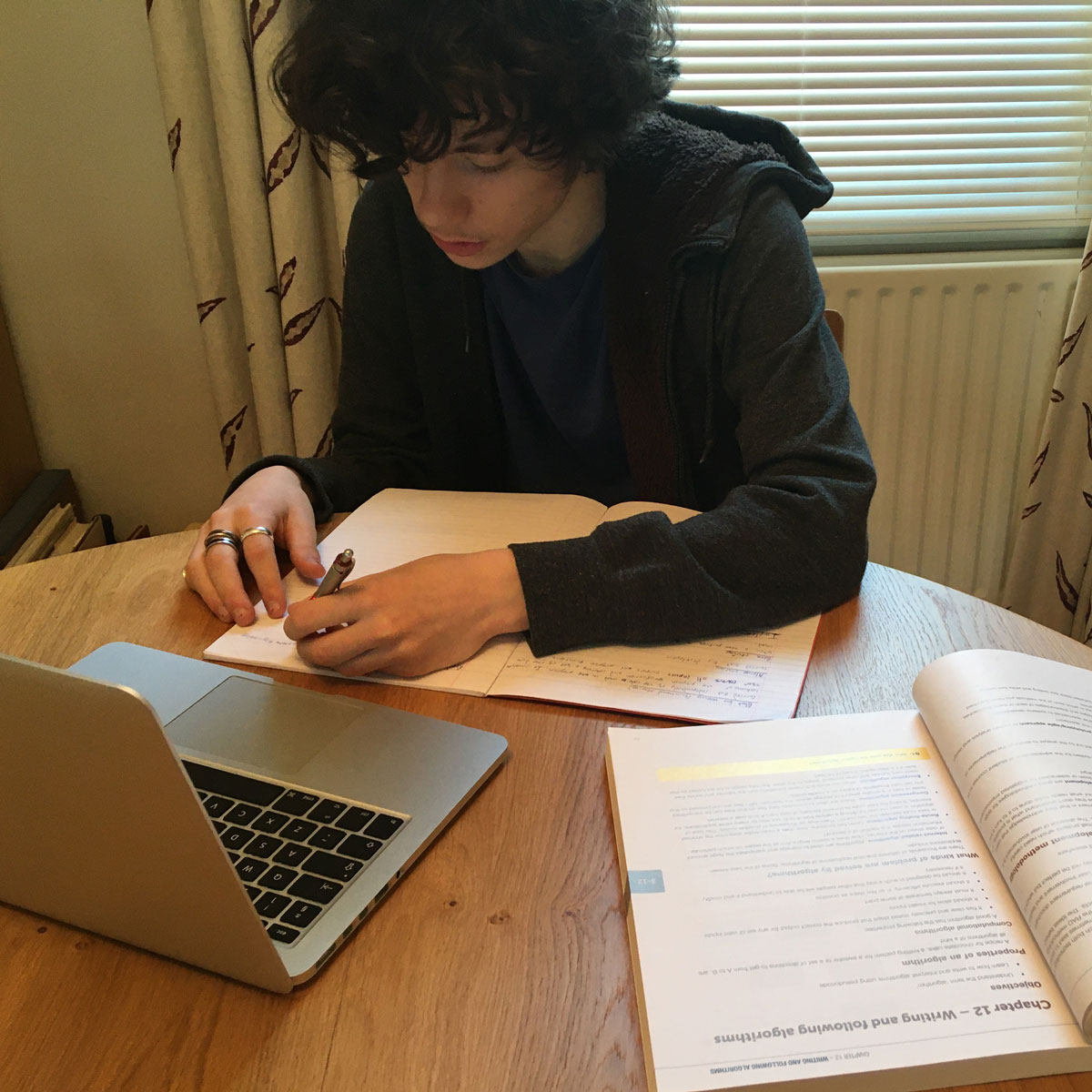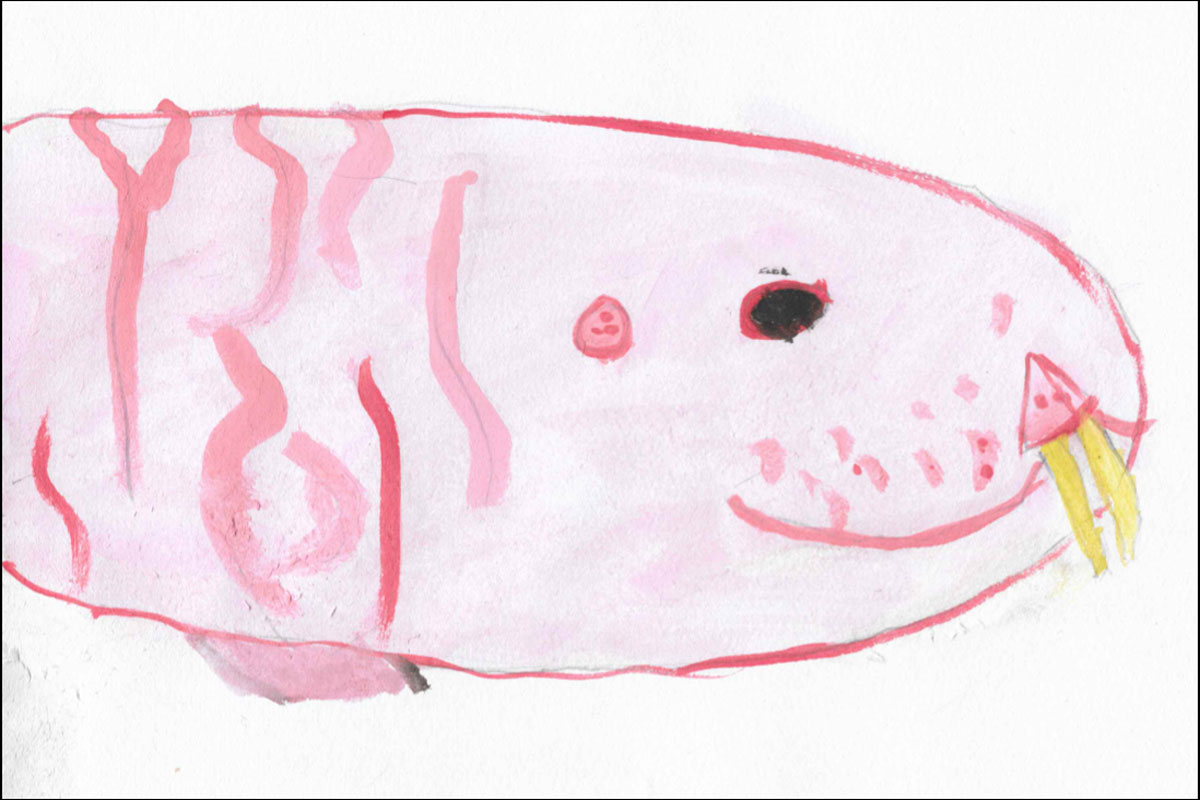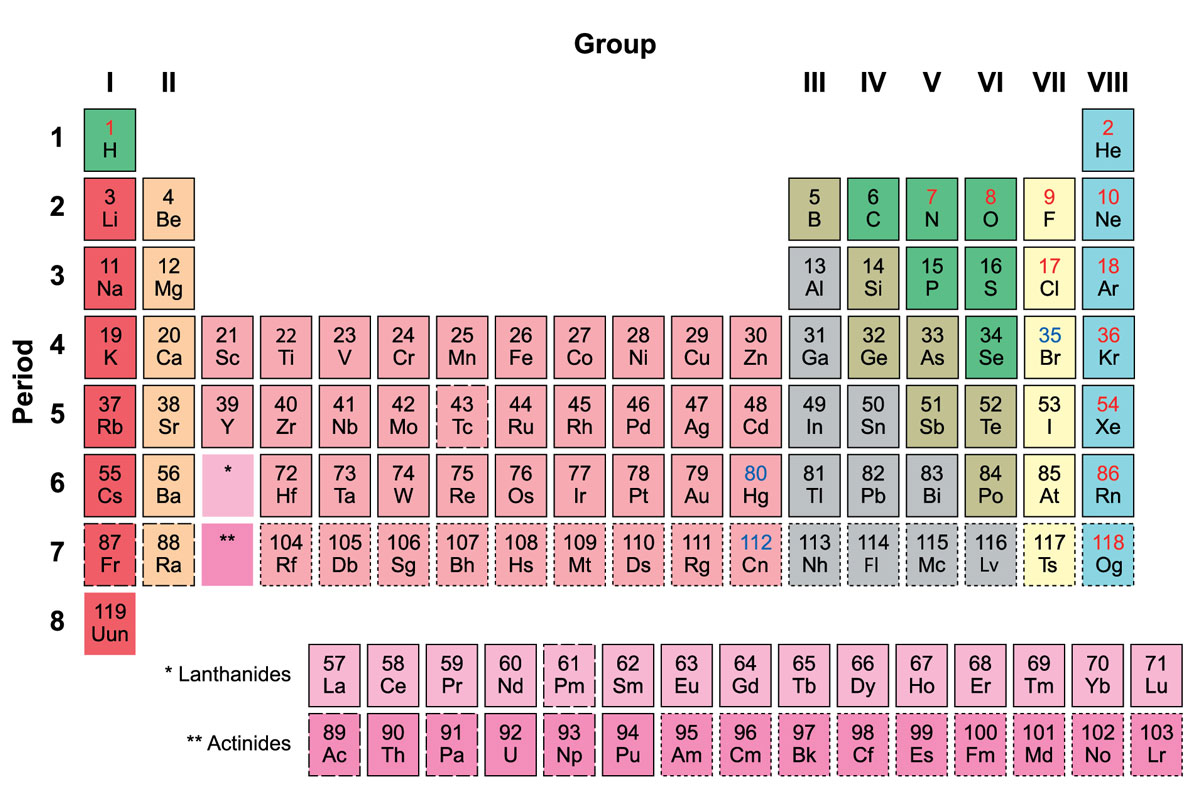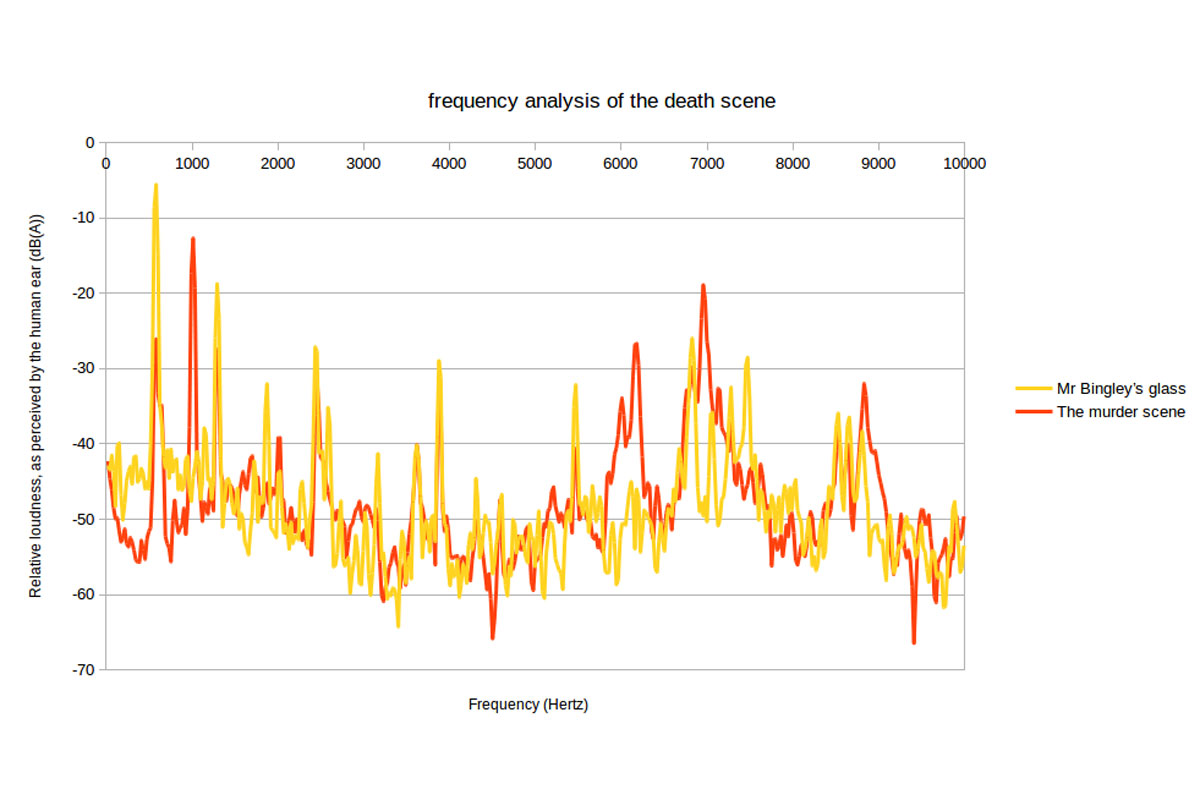Science at home: ideas for remote teaching Inspire article
Here are some ideas for home-based experiments and other learning activities that students can do outside the classroom, all drawn from the Science in School Teach archive.

the coronavirus outbreak
These are strange times, when schools are closed and students and teachers are needing to use technology – and plenty of imaginative ideas – to keep learning happening. We at Science in School have looked back through the archives to bring you a selection of Teach articles that might be useful in such times. Most require just simple materials and equipment students are likely to have at home, including a computer for some.
We would love to see how you are getting on with teaching science outside the classroom, so do send us your ideas or photos to editor@scienceinschool.org. We’ll be hoping to share some of these with you in the next few weeks.
Biology
Astrofarmer: how to grow plants in space
Issue 49 (2020)
Ages: 8–12
If your students can get hold of cress seeds and a few flowers (plus some other easy-to-find materials), they can try these simple experiments to explore the factors affecting plant growth.
Field research: discovering the structure of soil
Issue 42 (2017)
Ages: 11–16
Students use water and jam jars to explore the composition of soil – and find out why this matters.
Student competition: the search for the strangest species on Earth
Issue 36 (2016)
Ages: 4–19
In this competition, students decided which species they thought was the strangest on Earth, then researched and wrote an original essay on their choice. We had some worthy winners in each category (4–10, 11–16, 16+). What species would your students choose to write about?

Hayden Cookson
Cracking the genetic code: replicating a scientific discovery
Issue 36 (2016)
Ages: 14–19
Students can work individually or in virtual teams to solve these genetic code puzzles, with downloadable worksheets provided.
All in the family
Issue 30 (2014)
Ages: 11–16
Students can work in virtual pairs to find out about some of their own personal Medelian (dominant/recessive) genetic traits, and how these could show as physical characteristics of the children in a hypothetical family.
Chemistry
Quiz: elemental pursuit
Issue 47 (2019)
Ages: 11–19
Challenge your students to complete this 25-question quiz, created for the International Year of the Periodic Table in 2019. All the answers can be found within articles on the Science in School website.

Armtuk/Wikimedia Commons, CC BY-SA 3.0
Experimenting with storytelling
Issue 34 (2015)
Ages: 7–10
Engage younger pupils with simple and safe activities, from making butter to creating an exploding ‘volcano’, accompanied by traditional folk stories.
The way of the dragon: chemistry for the youngest
Issue 28 (2014)
Ages: under 11 (or flexible)
More chemistry activities for younger children – or older students, who can be challenged to explain scientifically the quite complex phenomena demonstrated in the activities.
Fizzy fun: CO2 in primary school
Issue 20 (2011)
Ages: 8–14
Students explore the properties of this important gas using balloons, tea lights and other materials found at home. The test for carbon dioxide uses cement to make lime water, but this could be omitted. The explosives activity is suitable only for older students.
Physics
Track inspection: how to spot subatomic particles
Issue 46 (2019)
Ages: 16–19
Students find out how to identify subatomic particles from their bubble-chamber tracks, with all materials provided.
Who murdered Sir Ernest? Solve the mystery with spectral fingerprints
Issue 40 (2017)
Ages: 14–19
Can your students solve the mystery? The clues are in acoustic spectra, analysed using free-to-download audio software.

Johannes Almer
Fantastic feats
Issue 39 (2017)
Ages: 11–19
Fun challenges and tricks to do at home, with solutions and explanations based on Newton’s laws of motion.
What are stars made of?
Issue 37 (2016)
Ages: 15–19
Students can use the instructions here to build a spectrometer using a breakfast cereal box and an old CD.
Building a space habitat in the classroom
Issue 19 (2011)
Ages: 7–19
Use carboard, sticky tape and your imagination to build a model of a sustainable space habitat. There are versions for all ages.
Microwave experiments at school
Issue 12 (2009)
Ages: 14–19
Estimate the speed of electromagnetic waves in this classic home science experiment using toast, margarine and a microwave oven to link frequency, wavelength and wave velocity.





